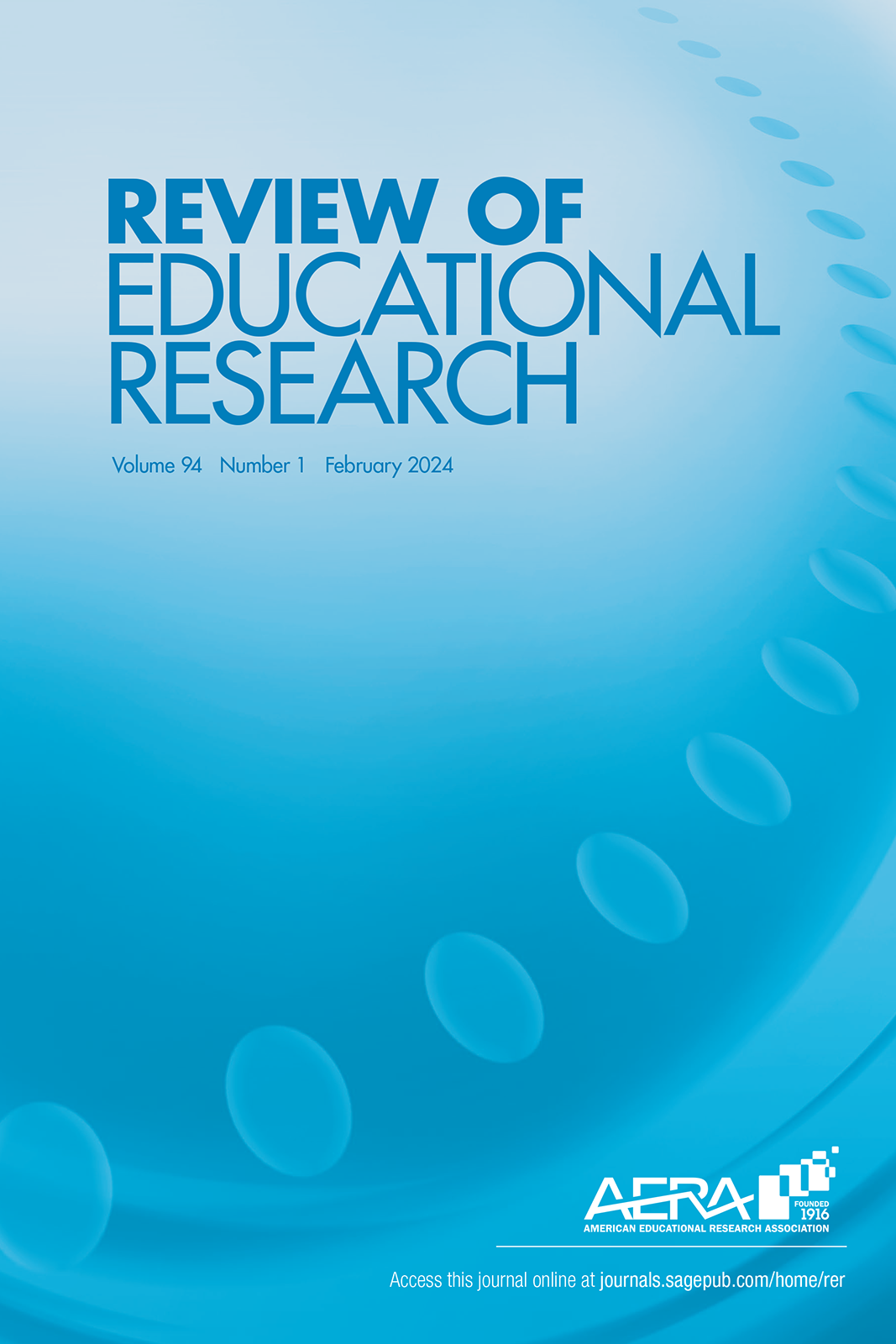The Best of Two Worlds: A Systematic Review on Combining Real and Virtual Experiments in Science Education
IF 7.4
1区 教育学
Q1 EDUCATION & EDUCATIONAL RESEARCH
引用次数: 11
Abstract
Conducting experiments fosters conceptual understanding in science education. In various studies, combinations of real (hands-on) and virtual (computer-simulated) experiments have been shown to be especially helpful for gaining conceptual understanding. The present systematic review, based on 42 experimental studies, focuses on the following: (1) What is the relative effectiveness of combining real and virtual experiments compared with a single type of experimentation? (2) Which sequence of real and virtual experiments is most effective? The results indicate that (1) in most cases combinations of real and virtual experiments promote conceptual understanding better than a single type of experimentation, and (2) there is no evidence for the superiority of a particular sequence. We conclude that for combining real and virtual experiments, apart from the individual affordances and the learning objectives of the different experiment types, especially their specific function for the learning task must be considered.两个世界的最佳选择:科学教育中真实实验与虚拟实验相结合的系统回顾
进行实验可以促进科学教育中的概念理解。在各种研究中,真实(动手)和虚拟(计算机模拟)实验的结合已被证明对获得概念理解特别有帮助。本系统综述基于42项实验研究,重点关注以下内容:(1)与单一类型的实验相比,将真实和虚拟实验相结合的相对有效性是什么?(2) 真实实验和虚拟实验的哪个序列最有效?结果表明:(1)在大多数情况下,真实和虚拟实验的组合比单一类型的实验更好地促进概念理解,(2)没有证据表明特定序列的优越性。我们得出的结论是,在结合真实实验和虚拟实验时,除了考虑不同实验类型的个体可供性和学习目标外,还必须考虑它们对学习任务的特定功能。
本文章由计算机程序翻译,如有差异,请以英文原文为准。
求助全文
约1分钟内获得全文
求助全文
来源期刊

Review of Educational Research
EDUCATION & EDUCATIONAL RESEARCH-
CiteScore
24.10
自引率
2.70%
发文量
28
期刊介绍:
The Review of Educational Research (RER), a quarterly publication initiated in 1931 with approximately 640 pages per volume year, is dedicated to presenting critical, integrative reviews of research literature relevant to education. These reviews encompass conceptualizations, interpretations, and syntheses of scholarly work across fields broadly pertinent to education and educational research. Welcoming submissions from any discipline, RER encourages research reviews in psychology, sociology, history, philosophy, political science, economics, computer science, statistics, anthropology, and biology, provided the review addresses educational issues. While original empirical research is not published independently, RER incorporates it within broader integrative reviews. The journal may occasionally feature solicited, rigorously refereed analytic reviews of special topics, especially from disciplines underrepresented in educational research.
 求助内容:
求助内容: 应助结果提醒方式:
应助结果提醒方式:


